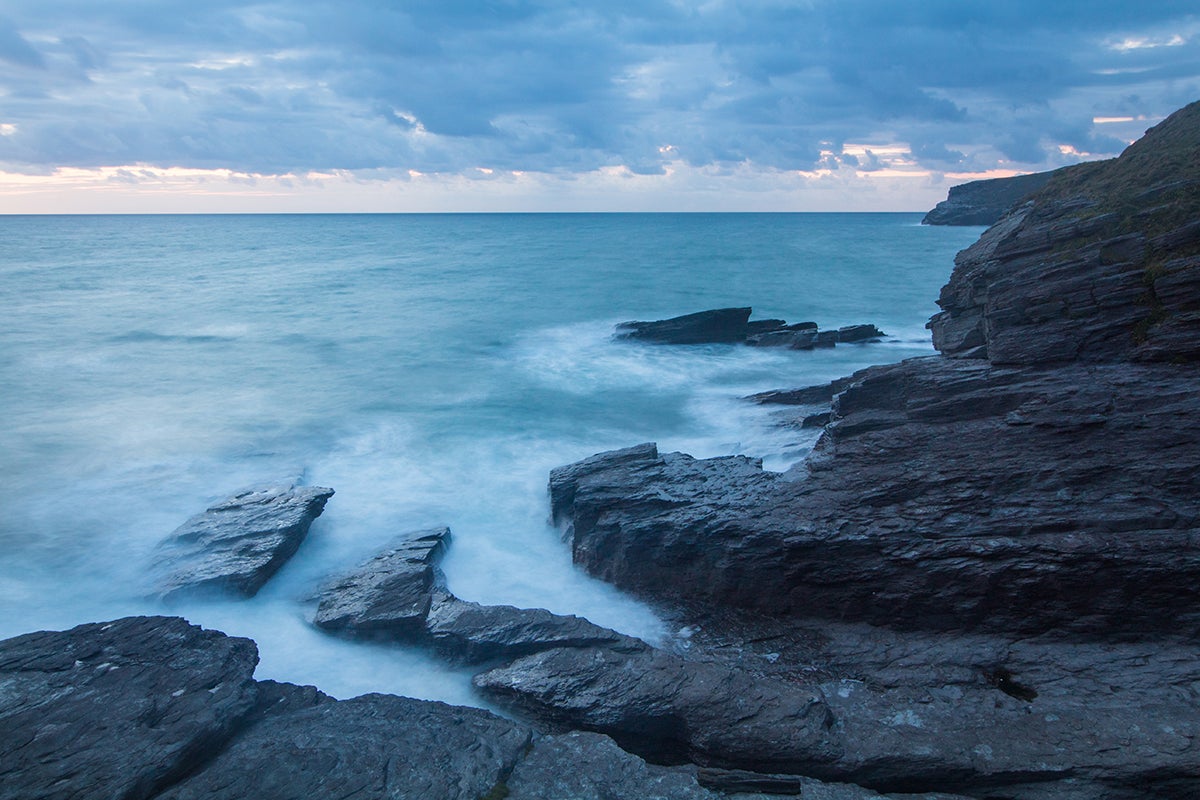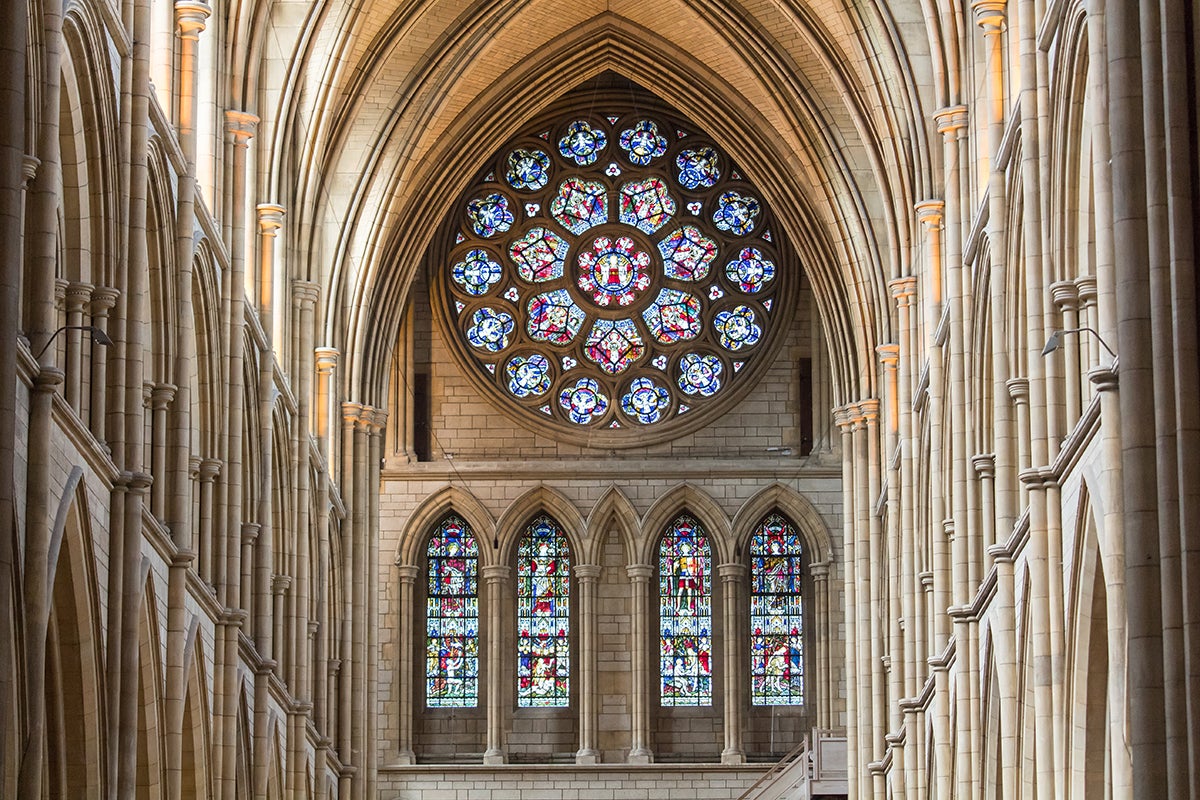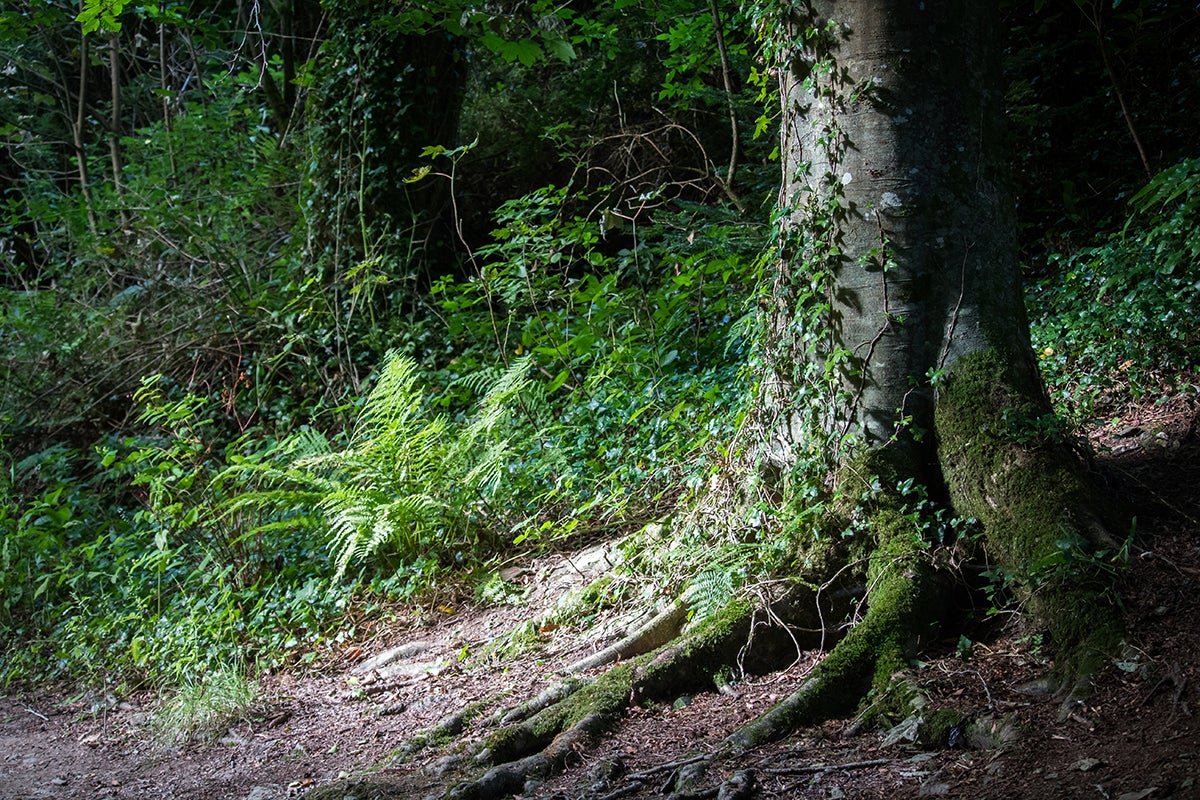The EOS 1300D is Canon's latest entry-level model and replaces the two-year-old EOS 1200D. Audley Jarvis finds out if this is one of the best choices for beginners
Canon EOS 1300D review
Canon EOS 1300D review: Performance

This raw image, taken a Trebarwith Strand in Cornwall about 15 minutes after sunset, was processed in Lightroom to enhance the shadow detail in the rocks
The 1300D uses the same nine-point AF system as its predecessor, with the individual AF points arranged in a diamond formation across the centre of the viewfinder. Only the central AF point is of the cross-type variety, with the others all being horizontal AF points. Used in good light, the 1300D’s phase-detection AF module works very well, with focus lock being near instantaneous. When light levels drop, however, so does the autofocus performance. Used in live view mode, the contrast-detect AF system can be frustratingly slow to focus, even in good light. Despite the lack of speed, it is thankfully accurate, making it well suited to shooting still-life compositions and landscapes where you can usually afford to take your time. In time-sensitive situations where speedy focus lock is vital (for example, when shooting action or moving subjects), the 1300D’s Live View AF performance is too slow to be of practical use.

The interior of Truro Cathedral in Cornwall. This JPEG was processed in-camera and cropped slightly in Lightroom
With a maximum continuous shooting speed of just 3fps, the 1300D isn’t really built for speed. Thanks to the slightly faster DIGIC 4+ image processor, buffer performance has improved, allowing the 1300D to record more images in a single burst before slowing down. When testing, we fired well over 100 full-resolution JPEGs without any slowdown, and Canon claims the 1300D can actually record up to 1,100 full-size JPEGs in a single burst. Switching to raw capture, we were able to shoot between six and seven consecutive images before the camera began to stutter.
Another area in which the 1300D offers noticeable improvement over its predecessor is the 920,000-dot rear LCD display. Displayed images are much sharper and easier to appraise. As for battery performance, we were able to shoot over 900 images on a single charge with fairly regular use of the camera’s menu and playback function.





